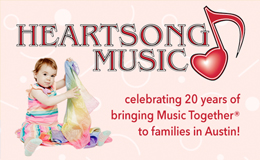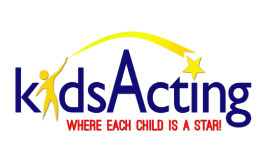By Pam Heller
For Younger Readers
Boom, Snot, Twitty 
by Doreen Cronin
Three friends are going on a picnic: Boom the Bear, Snot the Snail and Twitty the Robin. They each have different ideas, opinions and personalities. Where should they go? What should they do as a storm approaches? How do they handle what’s happening around them as the day unfolds? And what about the pink yarn Twitty is crocheting? Oh, did I not mention that “character?”This is a wonderful, life-affirming lesson about friendship, getting along with others and the simple joys that can be found in any day. Ages 2 to 5.
Happy 
by Mies van Hout
Happy, sad, scared, delighted…a single word can elicit an immediate emotional response to an adult with a lifetime of experiences. But to a young child, experiencing emotion is new territory. This book illustrates each emotion by creating its own unique, colorful, pastel fish swimming through a sea of black. The artwork has a childlike execution with the marvelous, artistic expression of the inspired author/illustrator. Get out the pastels and black construction paper for a follow up discussion and artistic exploration of emotions. Ages 3 and up—because middle school and high school are emotional times, too!
For Older Readers
The Most Magnificent Thing 
by Ashley Spires
This is a story of creativity, enthusiasm, artistic pursuit and—perhaps the most important key to success—perseverance. A young, aspiring inventor pulls her wagon filled with treasures found in the junkyard. She envisions the possibility of an amazing creation. After drawing plans, building, tweaking and experiencing many failed attempts, she is filled with frustration and anger. Her trusty dog entices her to take a walk. This results in a fresh start, which leads to a successful creation of a truly magnificent thing. This book lends itself nicely to pulling together a discussion of math, science, technology, ecology and artistic design. Ages 5 to 9.
The Grudge Keeper 
by Mara Rockliff
In the town of Bonnyripple, only one person is given the task of holding onto grudges—not his own, everyone else’s. This is an original fairytale told through humorous vignettes, each resulting in the characters filling out their complaints, tiffs and squabbles on pieces of paper. These complaints are handed over to Cornelius, the grudge keeper. One day a terrible wind hits the town, damaging Cornelius’s cottage and mixing and tossing the grudges in disarray. When the townspeople “storm”up to Cornelius’s house to file their complaints, the valuable moral of the story unfolds. The townspeople help with the cleanup, putting grudges aside and mending hurt feelings. After all, holding grudges is a bad thing. Ages 6 to 10.













